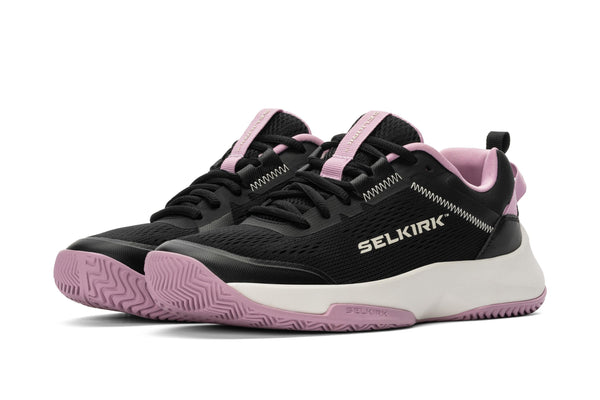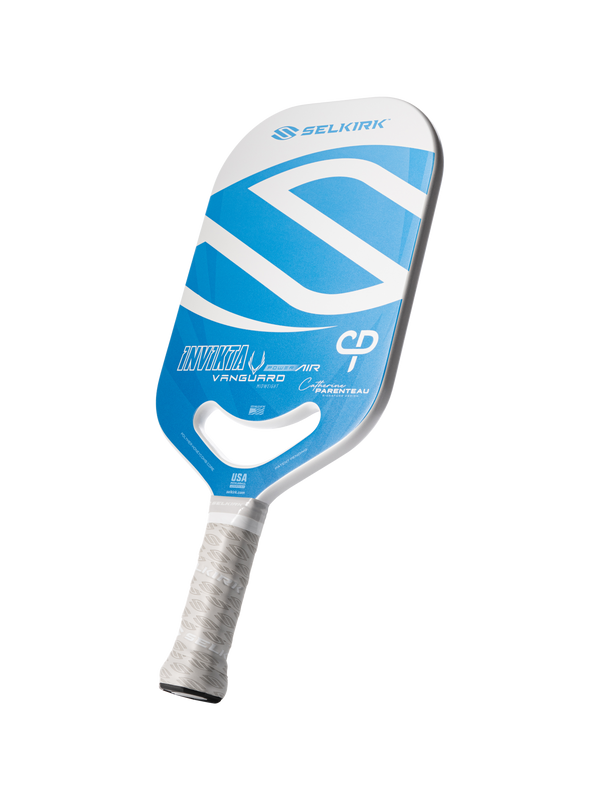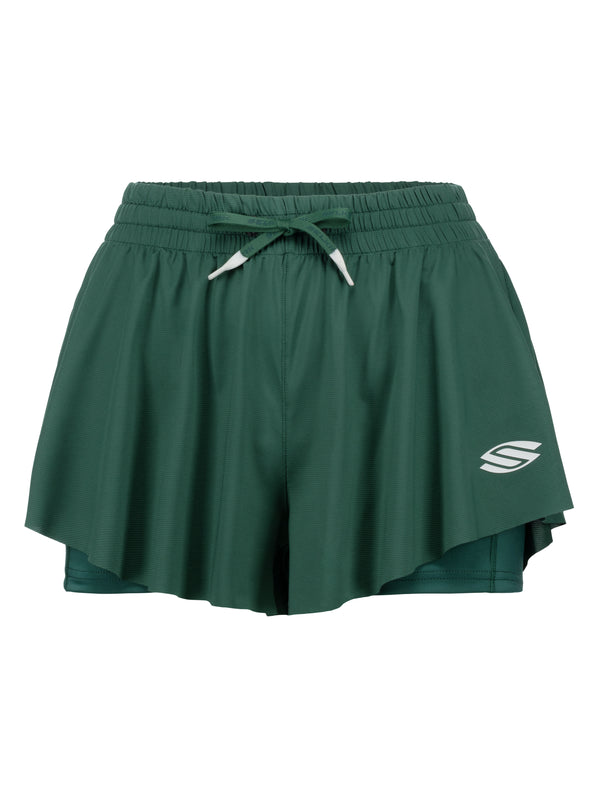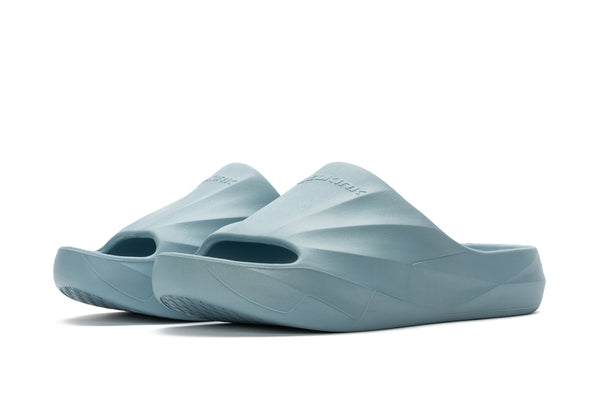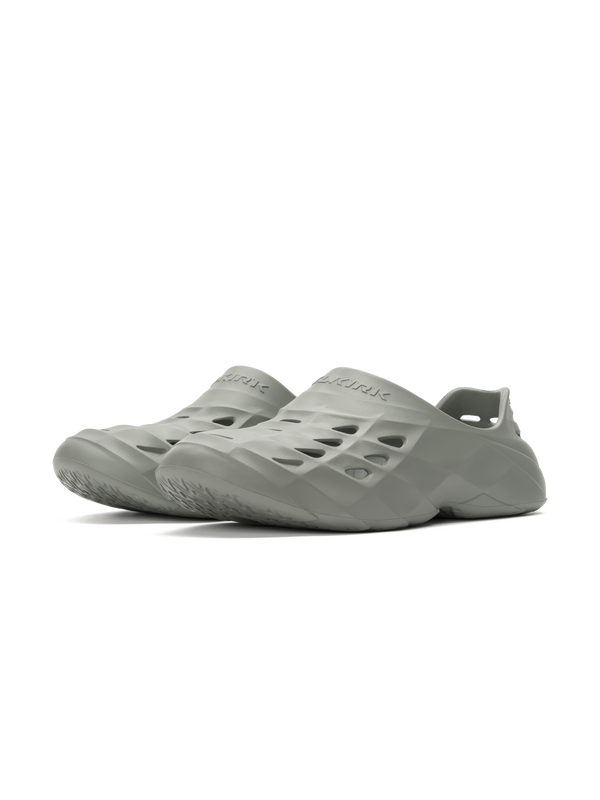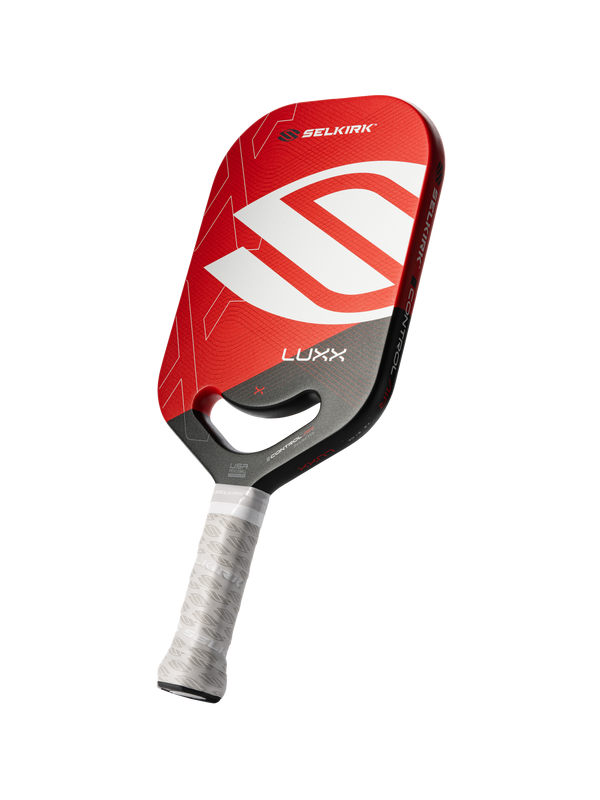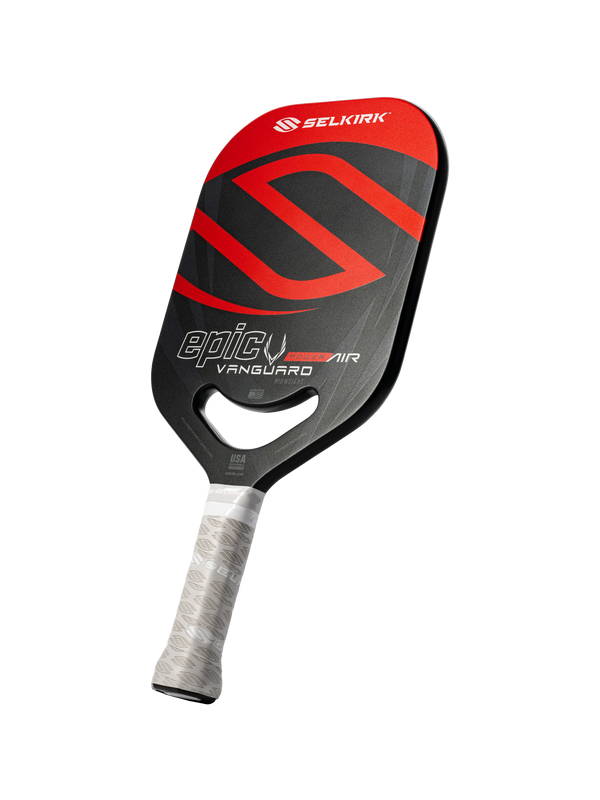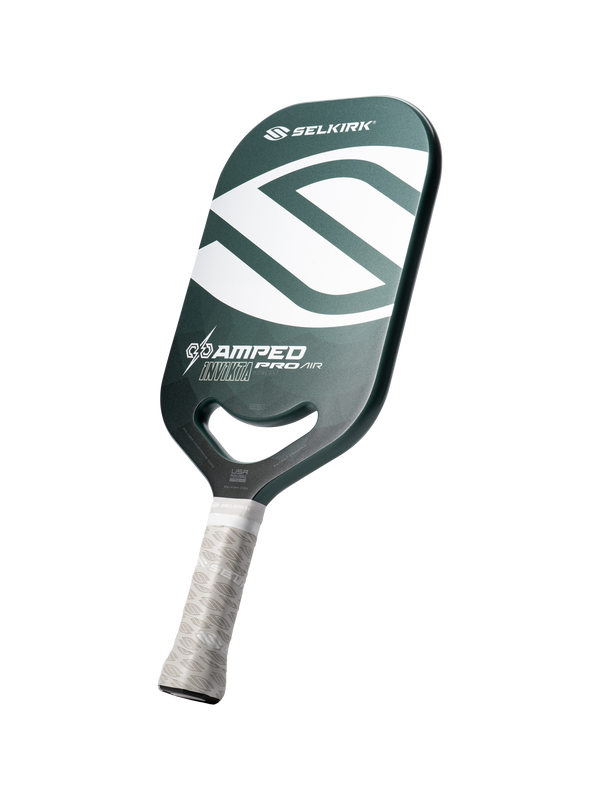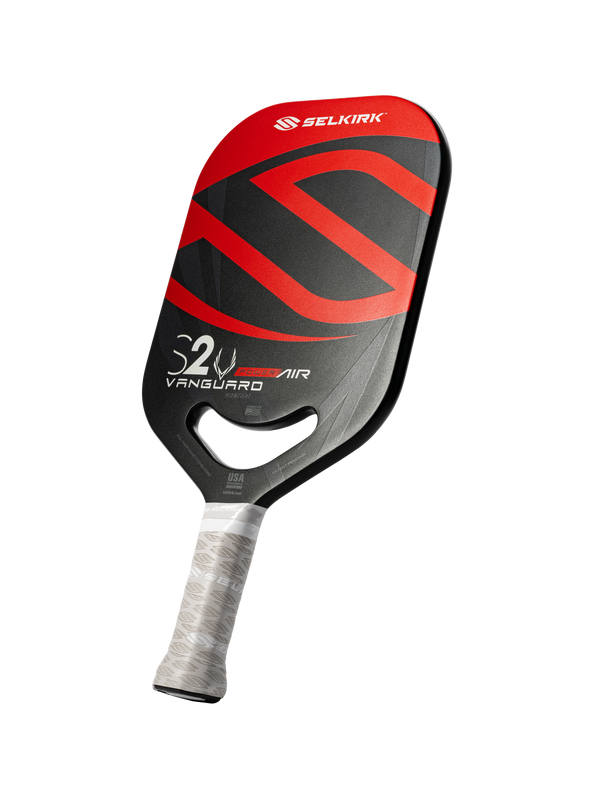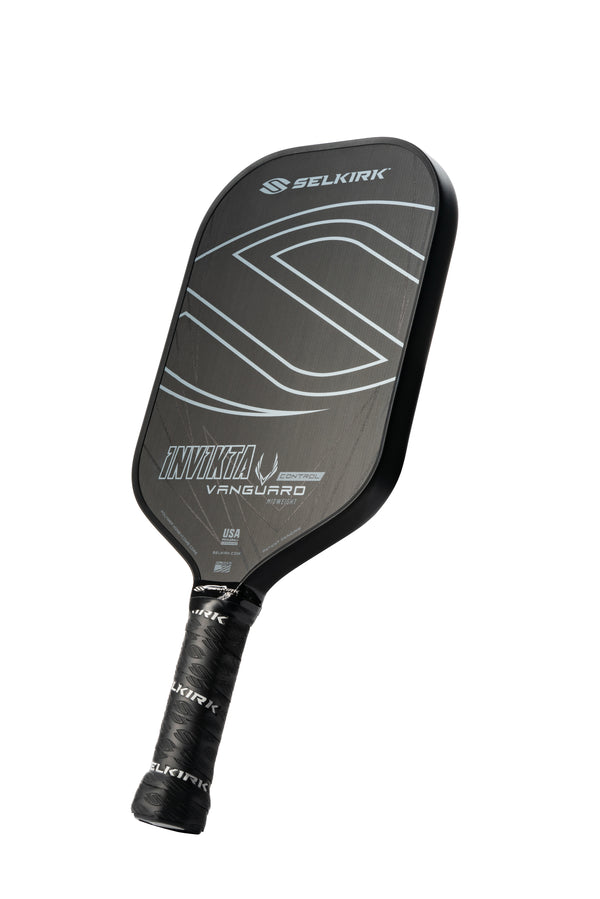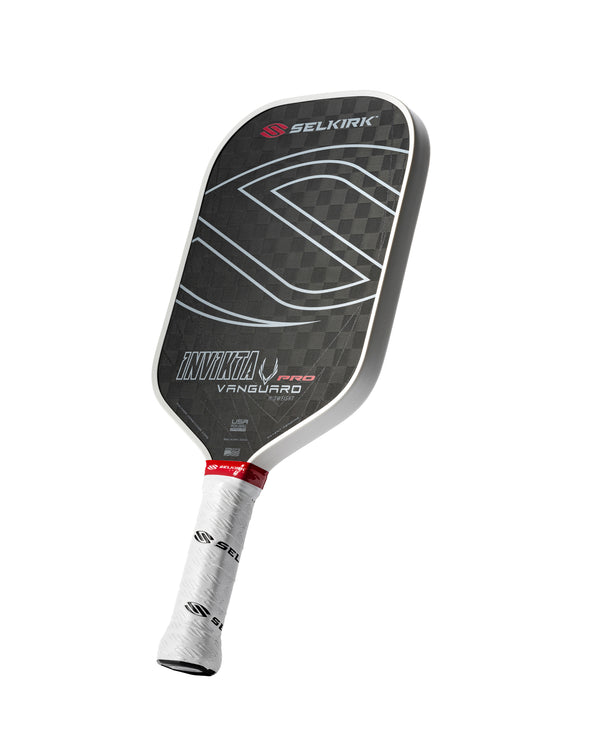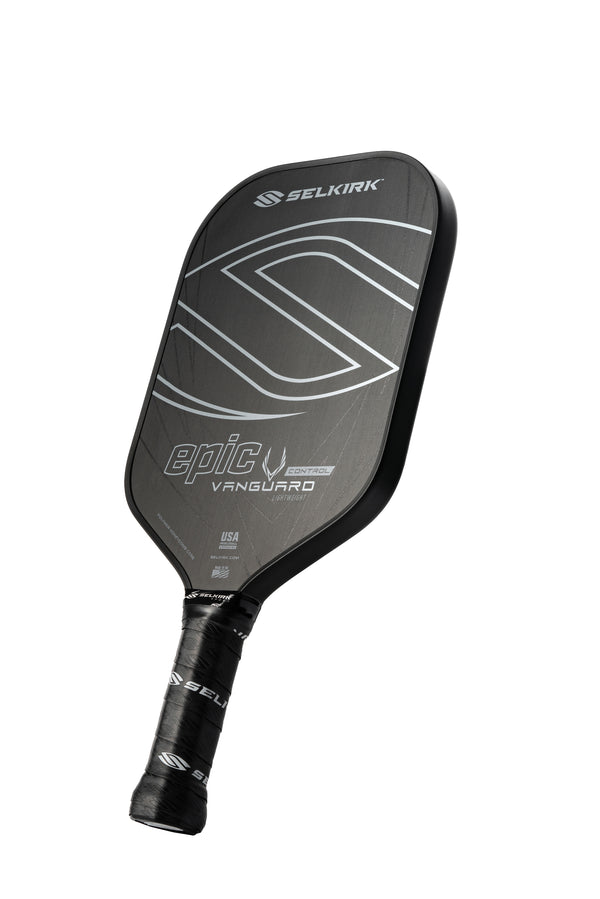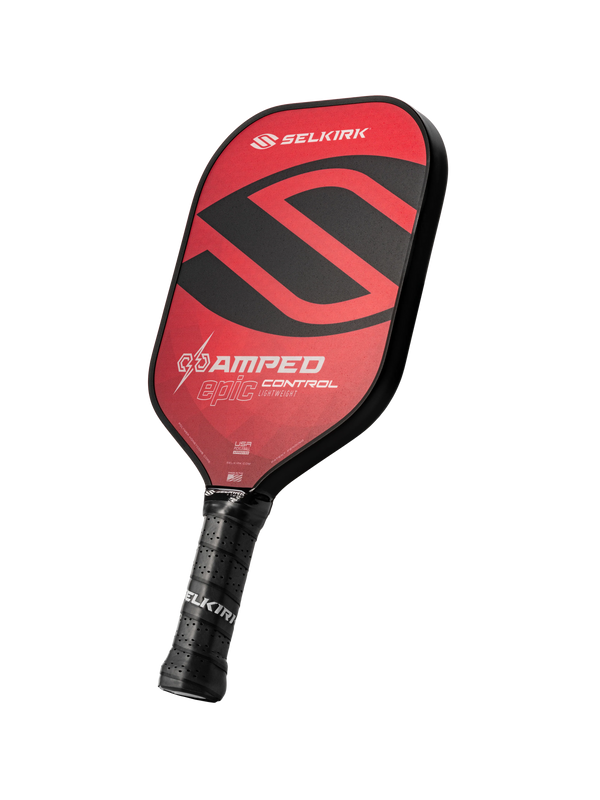Pickleball is a fast-paced sport that demands agility, quick reactions, and lateral movement. Whether you're playing in a tournament or enjoying a recreational match, your body endures sudden starts, stops, and rotational movements that can strain your muscles and joints.
Incorporating proper stretching and flexibility exercises into your routine — before and after you play — can help prevent injuries, improve performance, and enhance your overall range of motion on the court.
Why stretching and flexibility matter in pickleball
Pickleball players often experience tight hamstrings, hip flexors, calves, shoulders, and lower backs due to the dynamic nature of the game. Over time, limited flexibility in these areas can lead to reduced mobility, poor form, slower reactions, and a higher risk of muscle strains or joint injuries.
Stretching increases blood flow to your muscles, enhances joint flexibility, and helps your body move more efficiently during play. Flexibility training can also support balance and coordination, both critical components for pickleball footwork and shot execution.
Key benefits of stretching for pickleball players include:
-
Reduced risk of common pickleball injuries (like pulled muscles and strained joints)
-
Improved range of motion for lunging and rotating
-
Enhanced balance and court agility
-
Decreased muscle soreness post-play
Dynamic stretches to do before playing pickleball
Dynamic stretches help activate muscles and warm up your joints before play. These movements should mimic the actions you’ll perform on the court.
1. Leg swings
Leg swings help you warm up your hip flexors, hamstrings, and glutes — all key muscles in pickleball.
How to do it:
-
Stand next to a wall or fence for support.
-
Swing one leg forward and backward in a controlled motion, gradually increasing the range of motion.
-
Perform 10–15 swings on each leg.
2. Arm circles
It's important to warm up your upper back and shoulders, particularly on the dominant side of your body.
How to do it:
-
Extend your arms out to the side of your body.
-
Make small forward circles for 15–20 seconds, then gradually increase to larger circles for an additional 15–20 seconds.
-
Reverse the direction and repeat.
3. Walking lunges with torso twist
Once you've done basic warm-ups, you can incorporate more involved motions. Walking lunges target several muscle groups, including your hip flexors, quadriceps, glutes, and core.
How to do it:
-
Take a step forward, bending into a lunge.
-
While holding the lunge, slowly rotate your torso toward your forward leg.
-
Rotate your torso back to center, return to standing, and repeat on the other side.
-
Complete 8–10 reps per side.
4. High knees or skipping
Once your legs feel warm, it's time to get your heart pumping. Try some high knees or skipping to boost cardiovascular activity and increase hip mobility.
How to do it:
-
Jog in place or across the court while bringing your knees up high toward your chest.
-
Continue for 30–60 seconds to elevate your heart rate.
Static stretches to do after playing pickleball
After your match, your muscles will be warm and more elastic, making it the perfect time for static stretching to improve flexibility and aid recovery.
1. Standing quadriceps stretch
During a pickleball match, your quads will do plenty of work, so it's important to stretch them out to avoid injury.
How to do it:
-
Stand on one leg and pull the opposite heel toward your glutes.
-
Keep your knees close together and push your hips slightly forward.
-
Hold for 20–30 seconds on each leg.
2. Hamstring stretch
If you're stretching the front of your thigh, it's also important to stretch the back.
How to do it:
-
Sit on the ground with one leg extended and the other foot resting against the inner thigh.
-
Lean forward from the hips, reaching toward your toes while keeping your back straight.
-
Hold for 20–30 seconds on each leg.
3. Hip flexor stretch
A common problem area for pickleball players is the hips due to the lunging and squatting performed during play. To avoid post-game tightness, take time to stretch your hips.
How to do it:
-
Step one foot forward into a lunge position with your back knee resting on the ground.
-
Leading with your hips, shift your weight forward until you feel a stretch in the front of your hip.
-
Hold for 20–30 seconds, then switch sides.
4. Chest and shoulder stretch
Your dominant arm will complete a lot of work during a match, and it's important to stretch out any tightness you may feel in your upper body, shoulders, and chest.
How to do it:
-
Stand next to a wall or doorway.
-
Place your forearm against the wall with your elbow at shoulder height.
-
Gently rotate your torso away from your arm until you feel a stretch across your chest and shoulder.
-
Hold for 20–30 seconds per side.
5. Calf stretch
Because most players feel tightness in their upper leg and glute, they often forget about the lower leg. However, the quick starts and stops and short hops can also put strain on your calves.
How to do Ii:
-
Stand facing a wall.
-
Place one foot behind you with the heel flat on the ground and the knee straight.
-
Lean forward into the wall until you feel a stretch in your calf.
-
Hold for 20–30 seconds per leg.
Tips for safe and effective stretching
-
Warm up before dynamic stretches: Take a few minutes for light jogging or jump rope to increase your core temperature.
-
Move with control: Never bounce during static stretches, as this can cause muscle tears.
-
Stretch both sides: Focus on symmetry to avoid imbalances that could affect your performance.
-
Listen to your body: Stretch to the point of mild discomfort but never to the point of pain.



